Spring Has Sprung : How Has Al Fresco Wine Culture Evolved?

With this pleasant spring weather finally arriving in the UK – those welcome days where the temperature reaches a respectable 17°C plus and we eagerly shed our winter coats – our thoughts naturally turn to outdoor dining and drinking (well mine do anyway!)
After months of damp chill, there's something irresistible about even these modest spring days when the clouds part long enough to contemplate an afternoon or evening outdoors.
In spring we are itching to get outside after winter's dreary chill. In summer we celebrate the long bright days by eating outside with friends, sometimes barbecuing at home, sometimes spreading a blanket at a concert or open air theatre. In autumn, if you're anything like me, then eking out the last bits of brisk outdoor weather before winter drives us indoors again becomes almost a ritual – like savouring the final pages of a good book, reluctant for the story to end.
Whichever season you prefer, eating outdoors is a primal attraction, bringing friends together and reconnecting us with nature.
The right bottle of wine not only enhances the taste of picnic foods, it adds a pinch of European sophistication to outdoor eating. Whether you are packing the hamper yourself or bringing along a group picnic addition, make sure you choose a wine that elevates the event.
1. Know Your Occasion (Before You Choose Your Wine)
It's important to know the difference between "picnic" and "barbecue," and choose your beverage accordingly. The distinction affects your wine choices:
BBQ: Garden or car-accessible event. At home or at friend's houses. Spicy and smoky grilled meats along with powerful side dishes. Main dish usually eaten hot.
Picnic: Some walking, cycling or paddling required to reach the location. No cooking on site – foods are prepared ahead and eaten cool or at room temperature.
A picnic needs drinks that won't overpower the food and will travel well. A BBQ can cope with stronger flavours, and since you probably aren't having to carry the drinks too far you have more options.
While beer remains perfect for BBQs with its hoppy flavours and palate-cleansing fizz, there's something about a glass of wine at a picnic that always feels truly decadent. And these days, the wine options for outdoor dining have expanded tremendously.
2. Lower the Alcohol (and Consider Alternatives)
On your picnic it's likely to be warm, and people may have exerted themselves a bit to reach the destination. They'll be thirsty, but you don't want anyone to pass out after (or during) the meal. That means bringing along water and also keeping the alcohol levels moderate.
Wines range from about 9% for some sparkling whites and rosés to over 15% for bold reds. As a general guideline, look for refreshing options under 12.5% for day drinking.
The landscape has changed significantly with excellent low-alcohol (5-9%) and no-alcohol wine alternatives now widely available. Many premium wineries are producing alcohol-free versions that maintain impressive complexity and flavour profiles. These make perfect options for designated drivers or those wanting to pace themselves through a long afternoon.
You can also simply add sparkling water to create a refreshing spritzer that extends your wine and keeps everyone hydrated. The French have been "proofing down" their wines for daytime drinking for generations - no shame in this practical approach!
3. Embrace Modern Closures
Rather than fiddle with (or risk forgetting!) a corkscrew, go for alternatives. Screw tops (properly called "Stelvin closures") have become mainstream even among premium wines. You can even impress your guests with your knowledge of how they preserve freshness and have virtually eliminated corks taint.
Even more picnic-friendly are the new generation of canned wines. No longer just for cheap plonk, many respected wineries now offer quality wines in lightweight, recyclable cans. They chill faster, can't break, and leave no waste. Single-serve cans are perfect for picnics where everyone wants something different.
For longer excursions, consider premium boxed wines (yes, they exist!). Modern technology has made these a legitimate option for quality drinking, with the added benefit that they stay fresh for weeks after opening—though that's rarely a concern at my gatherings!
4. Rosé: Still the Outdoor Champion
I maintain, and celebrate, my weakness for rosés at outdoor gatherings because they are simply perfect. They add a note of warm floral pink to the table (or blanket), and the diversity available continues to expand yearly.
In this way, rosé remains the best of both worlds. It has beautiful fruity and floral aromas and a light profile, like white wines. Rosé wines also have a touch of the structure that comes from red wines, without being "chewy." The styles range from bone-dry Provençal to fruit-forward Spanish varieties.
The rosé trend has only strengthened, with serious winemakers worldwide now crafting complex, terroir-driven pink wines that deserve attention.
Seek out rosés made from unexpected varietals like Tempranillo, Cabernet Franc, or Pinot Noir for something conversation-worthy
5. Break Out the Bubbly (But Expand Your Horizons)
Nothing says "celebration" quite like bubbles. While Champagne remains the classic choice, there's a world of sparkling options to explore that are often more affordable and picnic-friendly.
Vinho Verde from Portugal remains one of my favourites—typically around 9-11% alcohol with a gentle effervescence and crisp acidity. The translation "green wine" refers to its youth, making it brilliantly fresh and food-friendly.
Beyond the familiar Prosecco and Cava, consider exploring Crémant (French sparkling wine from outside Champagne), pét-nat (naturally sparkling wines with a rustic charm), or even sparkling reds like Lambrusco for something unexpected. Australian and New Zealand sparkling wines offer exceptional value and quality for outdoor occasions.
The Practical Side: Keeping Cool
On a hot summer day, proper temperature maintenance is crucial, a quality insulated wine cooler sleeve, or two, is a good investment.
Consider freezing grapes to use as ice cubes that won't dilute your wine. For a truly Instagram-worthy picnic setup, hollow out a watermelon, fill it with ice, and nestle your wine bottle inside—both functional and decorative!
Remember that slightly chilling even red wines (around 15-18°C) makes them more refreshing on a hot day. The old rules about room temperature were established in drafty European castles, not summer picnics!
A Green Footnote
As we enjoy nature's beauty, it's worth considering wines that respect the environment too. The good news is that organic, biodynamic, and sustainably produced wines have never been more accessible or delicious. Many feature minimal-intervention techniques that showcase the pure expression of the grape and the land. These wines often feel more vibrant and alive – perfectly matching the outdoor experience.
Look for carbon-neutral wineries, those using lightweight bottles (reducing transport emissions), or local options that haven't travelled halfway around the world.
Leave no trace with your picnic, and choose wines that do the same for the planet.
Wine fashion changes as quickly as the British weather. What doesn't change is our persistent optimism that "today might be nice enough for lunch outside."
So, whether you're following the latest natural wine trend, loyal to classic regions, or simply picking whatever has the prettiest label (no judgment here), remember that wine is meant to enhance the moment, not define it.
And in typical British fashion, you'll find us clinking glasses in the garden when it's barely above freezing, declaring "it's practically tropical."
Cheers to outdoor optimism!

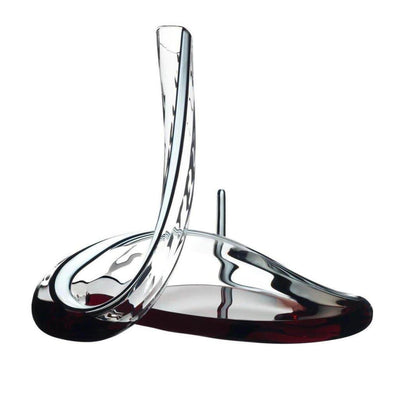
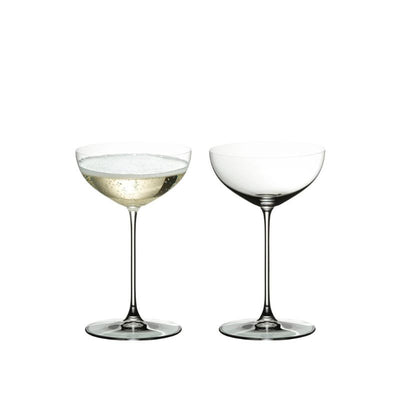
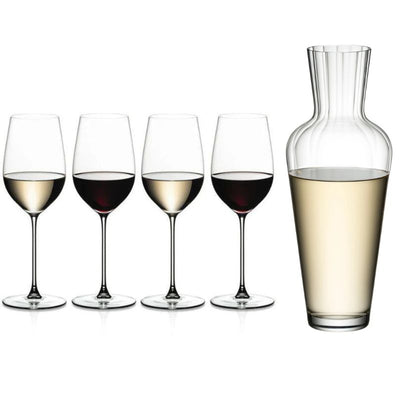
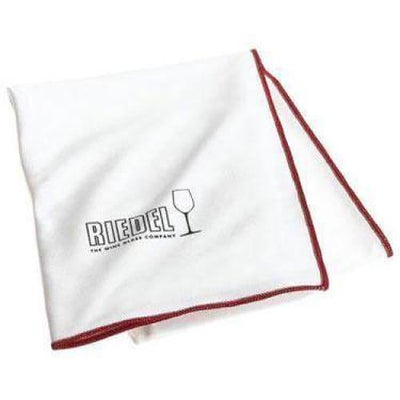












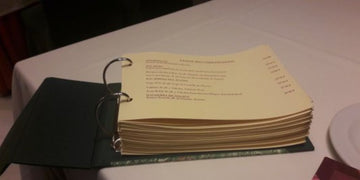


Leave a comment